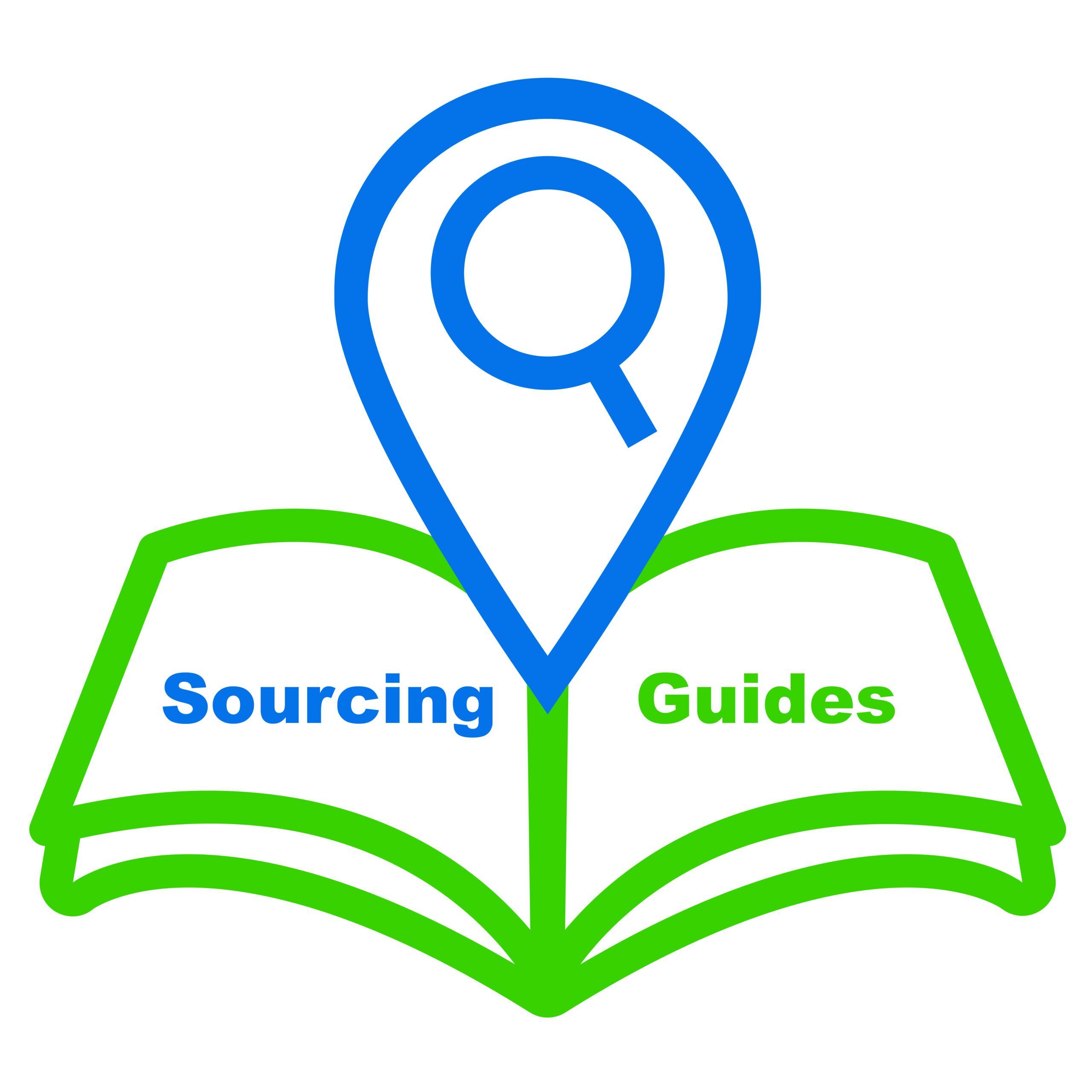The global toy industry, valued at approximately $107.4 billion in 2023 according to The NPD Group, continues to lean heavily on Asian manufacturing hubs for production. With 85% of the world’s toys still manufactured in China according to the Toy Association, and ASEAN nations rapidly capturing market share, navigating this complex supply web requires both strategic insight and operational precision. For businesses sourcing toys from Asia, the landscape in 2024 presents a paradoxical mix of familiar challenges and unprecedented opportunities shaped by geopolitical tensions, sustainability mandates, and evolving consumer preferences.
The New Asian Manufacturing Chessboard
The concentration of toy manufacturing in China’s Guangdong and Zhejiang provinces remains a dominant feature of the industry landscape. However, the “China Plus One” strategy has evolved from boardroom discussion to operational necessity for many sourcing professionals. Vietnam has emerged as the primary beneficiary in the toy sector, with its toy exports growing at approximately 15% annually according to Vietnamese customs data. Meanwhile, Thailand has leveraged its strengths in electronics to capture growing demand for tech-driven toys, and Indonesia is exploiting its abundant raw materials for sustainable toy production.
This geographic diversification isn’t merely about cost containment; it’s increasingly about risk mitigation. The 2021-2022 supply chain disruptions that saw shipping costs from Asia to the West Coast increase by over 500% at their peak according to Freightos data revealed the vulnerability of concentrated sourcing. “The toy industry’s reliance on a few key regions became its Achilles’ heel during the pandemic,” notes a Hong Kong-based logistics specialist who requested anonymity due to client confidentiality. “Smart buyers are now building resilient networks that can pivot within 60-90 days when disruptions occur.”
Due Diligence in the Digital Age

The process of vetting potential partners has accelerated dramatically with digital tools, but the fundamentals remain unchanged. Factory audits—whether conducted in person or increasingly through verified third-party digital platforms—should verify six key aspects:
- Production Capacity and Capabilities: Assess whether the supplier’s equipment and workforce can handle your specific product requirements, especially during peak production cycles.
- Quality Control Infrastructure: Examine testing facilities, inspection procedures, and compliance documentation.
- Financial Stability: Review financial records to identify potential vulnerabilities that might disrupt your supply.
- Social Compliance and Ethical Manufacturing: Verify adherence to labor standards through programs like the ICTI Ethical Toy Program.
- Environmental Compliance: Ensure meeting international safety standards like EN71 (Europe) and ASTM F963 (U.S.).
- Communication Capabilities: Evaluate English proficiency and responsiveness of the account management team.
The Art of Strategic Negotiation Beyond Price
While unit cost traditionally dominates toy sourcing discussions, sophisticated buyers now approach negotiations through a total cost of ownership lens. This encompasses not just the factory gate price, but also logistics expenses, inventory carrying costs, quality fallout expenses, and compliance-related expenditures.
Mastering Price Negotiations
Successful negotiation with Asian toy suppliers requires understanding their cost structures and pressure points:
- Raw Material Volatility: The plastics market remains notoriously unstable, with PP and ABS prices fluctuating 18-25% annually according to Platts Analytics. Rather than fixed pricing, consider index-linked adjustments for long-term contracts.
- Labor Cost Inflation: Minimum wages in Chinese manufacturing hubs have increased by approximately 7% annually over the past three years, according to China’s National Bureau of Statistics. Acknowledging this reality while negotiating efficiency improvements creates more sustainable partnerships.
- Currency Dynamics: The RMB-USD exchange rate volatility has averaged 6.5% quarterly since 2022, creating significant margin pressure for suppliers. Structuring contracts with currency adjustment clauses can build goodwill and secure preferential treatment.
A procurement director for a mid-sized European toy company shared, “We’ve moved from annual price negotiations to collaborative cost reduction workshops with our key suppliers. By understanding their constraints, we’ve jointly identified packaging simplifications that reduced their costs by 8% and our shipping expenses by 12%—a classic win-win.”
Contract Considerations for 2024
The standard manufacturing agreement has evolved significantly in response to recent disruptions. Key clauses now regularly include:
- Flexible Minimum Order Quantities (MOQs): Tiered pricing that allows for smaller initial orders with predefined cost adjustments for scaling.
- Intellectual Property Protection: Enhanced provisions covering not just product designs but also manufacturing processes and digital assets.
- Supply Chain Transparency Requirements: Obligations for visibility into sub-suppliers, especially for materials subject to forced labor concerns.
- Sustainability Commitments: Measurable targets for recycled content reductions in energy and water usage.
Navigating the Compliance Maze
The regulatory environment for toys continues to intensify across major markets. The European Union’s updated Toy Safety Directive proposes more stringent chemical requirements, while the U.S. Consumer Product Safety Commission has increased enforcement actions on magnet toys and other high-risk categories. Beyond these established frameworks, emerging regulations around digital privacy for connected toys and sustainability labeling create additional compliance complexity.
Quality Control as Strategic Advantage
A robust quality assurance program extends beyond basic compliance to encompass:
- Pre-Production Samples: Comprehensive evaluation against technical specifications.
- During Production Inspections (DUPRO): Catching issues before complete production runs.
- Pre-Shipment Inspections: The final defense against defective merchandise.
- Container Loading Supervision: Preventing shipping damage and ensuring order accuracy.
“Toy recalls decreased by approximately 14% in 2023 according to the U.S. CPSC, but the financial impact per recall increased due to higher volumes per SKU,” observes a product safety consultant with decades of experience in Asian manufacturing. “The most successful importers treat quality control not as an expense, but as insurance with demonstrable ROI.”
Future-Proofing Your Toy Sourcing Strategy
The most forward-thinking toy companies are already preparing for the next evolution of Asian manufacturing. Three trends warrant particular attention:
- The ASEAN Integration: The Regional Comprehensive Economic Partnership (RCEP) creates increasingly seamless trade between ASEAN nations, China, Japan, South Korea, Australia, and New Zealand. Understanding rules of origin requirements can yield significant duty savings.
- Sustainability as Table Stakes: Beyond regulatory requirements, consumer demand for eco-friendly products is reshaping material specifications. “We’re seeing a 300% increase in requests for PCR (post-consumer recycled) materials in toy packaging since 2021,” reports a materials sourcing specialist at a major Hong Kong trading company.
- Digital Integration: From RFID tracking through the supply chain to digital product passports for circular economy initiatives, technology investments are becoming increasingly important differentiators for Asian suppliers.
The Strategic Path Forward
Selecting and negotiating with toy suppliers in Asia has evolved from a tactical procurement exercise to a strategic capability that directly impacts competitive advantage. The most successful organizations will be those that:
- Develop a diversified manufacturing footprint across China and ASEAN nations
- Approach supplier relationships as collaborative partnerships rather than transactional arrangements
- Integrate compliance and quality assurance into product development from the earliest stages
- Maintain flexibility and resilience as core principles of their supply chain design
In an industry where product lifecycles are increasingly compressed and consumer expectations continue to rise, the ability to effectively navigate Asia’s complex toy manufacturing landscape will separate market leaders from also-rans in the years ahead.
References
- The NPD Group – Global Toy Market Sales Data 2023
- Toy Association – Manufacturing Statistics and Trends
- Vietnamese Customs Department – Export Data
- Freightos Baltic Index – Container Shipping Costs
- Platts Analytics – Polymer Price Trends
- China National Bureau of Statistics – Wage Growth Data
- European Union – Toy Safety Directive Updates
- U.S. Consumer Product Safety Commission – Recall Statistics
- ICTI Ethical Toy Program – Labor Standards Compliance
- RCEP Secretariat – Regional Trade Agreement Details
Disclaimer
This article contains general information for educational purposes only and does not constitute professional advice. The views expressed are those of the author based on industry research and interviews. Sourcing decisions should be made after conducting appropriate due diligence and consulting with qualified professionals. The author and publisher disclaim any liability for decisions made based on the content of this article.








